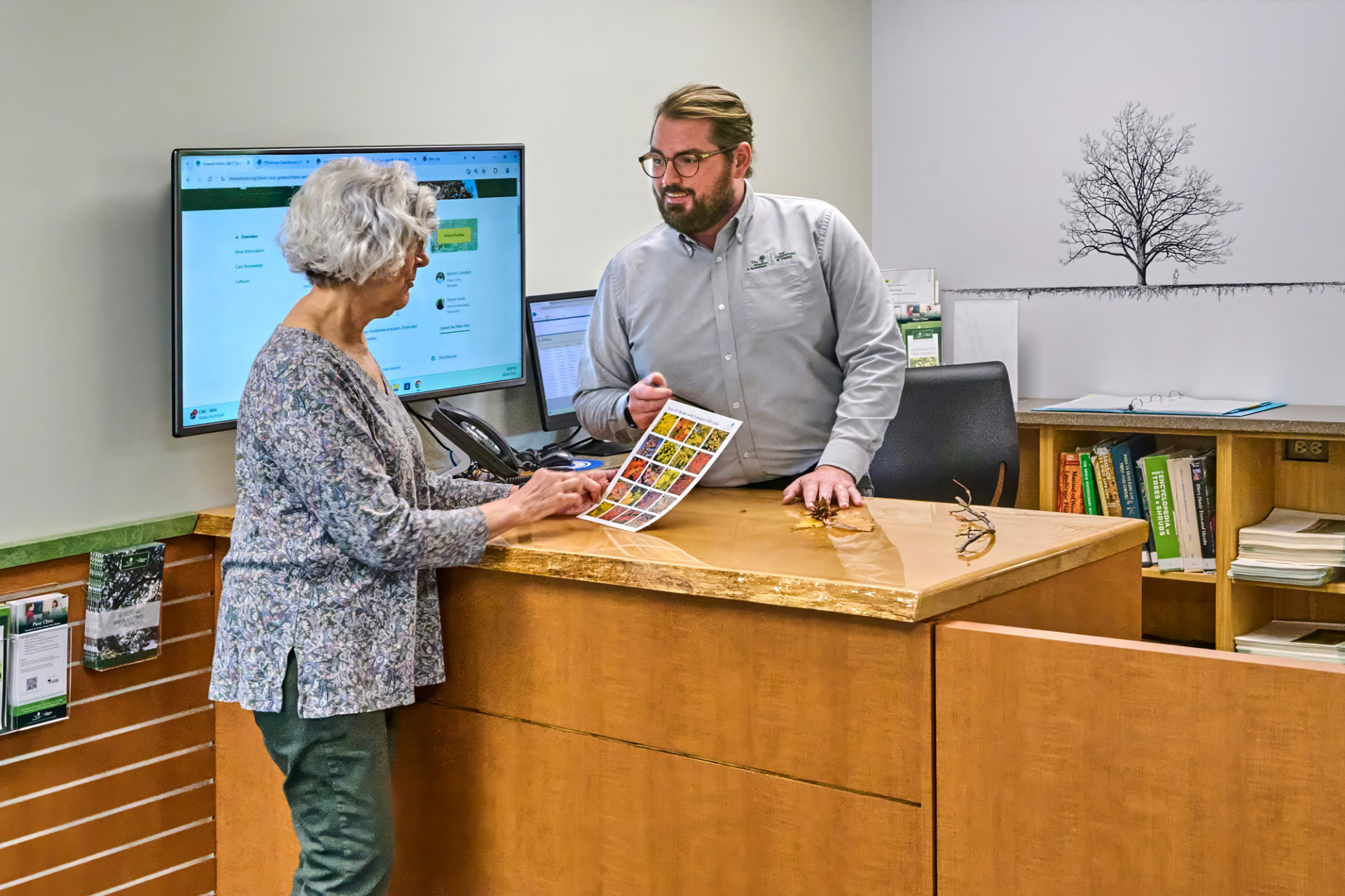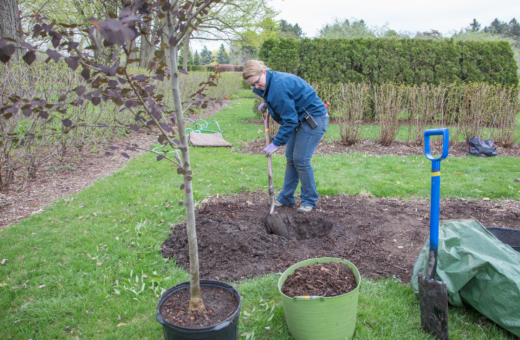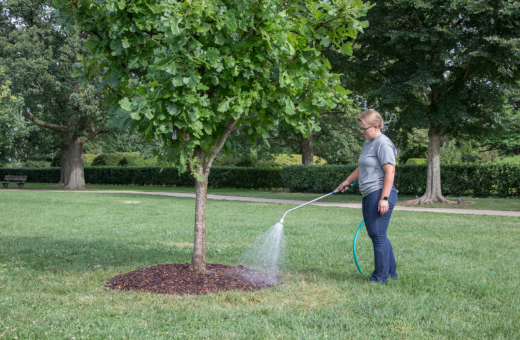Tips for a quality visit
May 4, 2021
Do you have a tree with odd spots? Has a sprout popped up that may or may not be a weed? Did a perennial fail to bloom? Is something eating your leaves? Ask the Plant Clinic at The Morton Arboretum, which answers thousands of tree and plant care questions like these every year.
But first, get your ducks in a row. The quality of the answers you get will depend, in large part, on how much information you can provide about the situation in your garden. If you do a little preparation, your call or visit is less likely to become a game of 20 questions as staff or trained volunteers try to draw out enough clues to identify the problem or answer your questions.
Here are some tips for making an expert consultation more productive and getting to the root of garden issues:
Check the growing conditions. Is the plant in sun or shade? Is it near a street, driveway, sidewalk, or play area? Is the soil dense and sticky, or loose and well-drained? Is the site exposed to wind?
Look for conditions that have changed. For example, the site may have been sunny when you planted a shrub years ago, but if tree branches have grown overhead, the site may now be in shade.
Remember what you’ve done. How often have you watered the plant? Have you fertilized? Does the plant have its roots covered with mulch? Have you—or a neighbor—sprayed pesticides anywhere near the plant? Pesticide sprays can drift on the wind. Has there been construction work in the yard? Think back as far as you can. For trees, especially, some problems can have root causes that go back years.
Take photos. Don’t just photograph the chewed leaf or the mystery flower; the context can provide important clues. Photograph the branch, the whole plant, and the bed it’s growing in. If you’re asking about an insect, provide images not just of a bug, but of the damage that was done and the plant as a whole. Check the undersides of leaves for insects or damage. To help you identify a plant, experts will need to see photos of individual leaves, branches, and the entire plant, as well as flowers and berries, if possible. Take clear photos at high resolution, so details can be seen. You can attach photos when you email the Plant Clinic at plantclinic@mortonarb.org.
Avoid spreading the problem. If you bring a sample of a diseased plant or an insect to the Plant Clinic for identification, seal the plant securely in a plastic zipper bag and use a sealed container to make sure the insect won’t escape.
Don’t panic. Remember that the vast majority of insects in your yard are harmless or beneficial. An insect you find on a plant may not be the culprit of the damage you see. As the summer wears on, most plants get some spots and flaws on their leaves. They usually don’t indicate a big problem, so check with experts in the Plant Clinic before you take action.



